FEATURED
In The Hands of the Potter
Potter’s Clay 35th Anniversary
Rocks For Remembrance
On the morning of March 27, 1989, Westmont students Lisa Bebout, Patty Hallock Crosby, Megan Harter Adams, Alan Voorman and Garth Weedman drove in Voorman’s bright yellow Toyota Corolla from their camp in Ensenada, Mexico, to a nearby village. An oncoming car suddenly jumped the median and hit them head-on, causing devastating injuries. Alan and Garth died that day, and Lisa succumbed a day later. Megan and Patty spent weeks in the hospital and faced long recoveries. Students serving with Potter’s Clay each collected three rocks from their Ensenada camp: one for a memorial there, one for a monument on campus, and the third to take with them to remember the victims. The accident shaped the experience of those attending Westmont at the time and touched the lives of many in the succeeding years. Decades later, Megan revisited this difficult and painful event to share her story in “Hope in the Darkest Hour: A Memoir of Survival and Resilience” (Xulon Press, 2023).
God’s Unmistakable Providence
by Todd Matson ’89
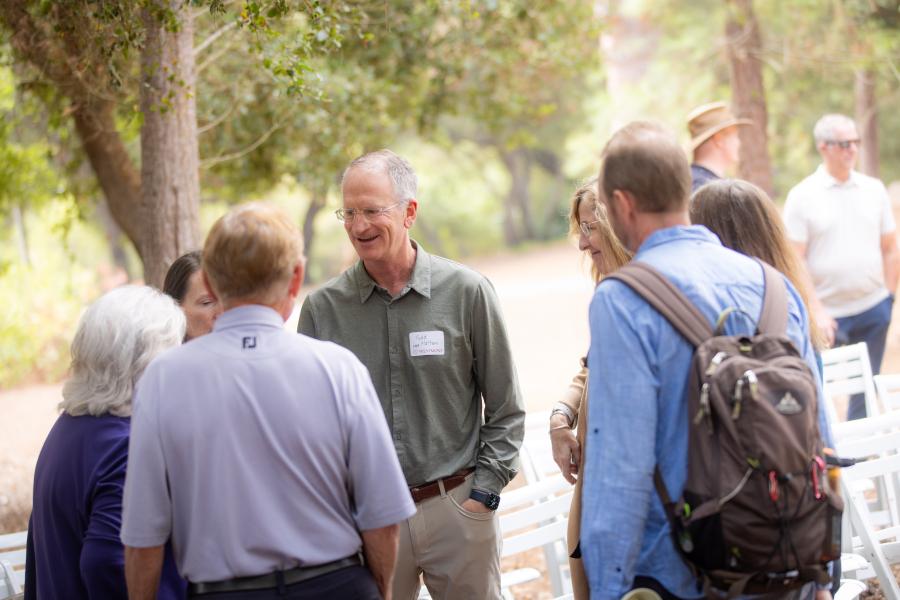
When I first arrived at Westmont College, I was drifting and off course. Though I’d accepted Jesus at a young age, my faith hadn’t grown, and I wasn’t in fellowship with Jesus. I’m embarrassed to admit I wasted those first years at Westmont. I was more concerned with the social scene and passing pleasures than seeking and pursuing God’s plan for my life.
By the end of my junior year, I’d reached a crossroads. Experiencing regrets and discouragement, I finally cried out to the Lord. On my knees, I pleaded for him to walk with me back to Westmont for my senior year. Almost immediately, God answered my prayer, placing me with two new roommates, Mike and Alan, who were deeply committed to following Christ. With these newfound friends, I experienced one of the most tragic and defining moments of my life. During spring break, Potter’s Clay, a campus ministry, traveled to Mexico to build a simple home for a needy family. Disaster struck on the way to the worksite for our final day.
I still vividly recall the sights and sounds of that morning. As our team drove to the location, I was following closely behind a car driven by my roommate, Alan. Suddenly and without warning, a drunk driver careened into the middle divider and collided head-on with Alan’s vehicle. In that heart-stopping instant, time seemed to stand still. Three of the five people in Alan’s car tragically lost their lives, including my dear friend and roommate. Overcome with grief, I spent the rest of that day in anguished prayer, pleading with God to save Alan and our teammates. Though these prayers weren’t answered in the way I’d hoped, I soon recognized God’s unmistakable providence at work.
In the days following the accident, as I wrestled with the devastating loss, I started to recall a series of divine interventions. First, Alan had inexplicably brought a metal-cutting saw on the trip, and the tool played a pivotal role in extricating the trapped students from the mangled wreckage. Next, six men fresh off the night shift on a nearby oil platform, arrived at the crash site with their own tools and immediately set to work freeing our team. Finally, an ambulance miraculously appeared after I struggled to summon one.
These stunning interventions overwhelmed me with the reality of God’s sovereign hand, which had guided and protected us even amid unimaginable tragedy. Though I deeply mourned the loss of Alan, a faithful brother who would gladly have given his life for mine, I felt an unshakable conviction that the God I had begun to serve was bigger than anything we may face, whether in our past, present or future.
Alan’s memorial service profoundly testified to his vibrant and inspiring walk with the Lord. Surrounded by the community of believers whose lives he’d touched, I resolved to hold fast to the faith we’d shared, never doubt God’s steadfast presence, and believe that he’ll always do infinitely more than we can ask or imagine.
Todd served as president and managing partner of Pro-Line Racing until he old the business in 2020. He works with Convene Now advising Christian business leaders. He earned an MBA at the University of Redlands and joined the Westmont Board of Trustees in 2020. He and his wife, Amie Wallin Mattson ’90, live in Park City, Utah. They have four children, including Thomas ’22.
Finding Light in the Darkest Hour
Megan remembers waking up in the hospital with aching jaws days after the
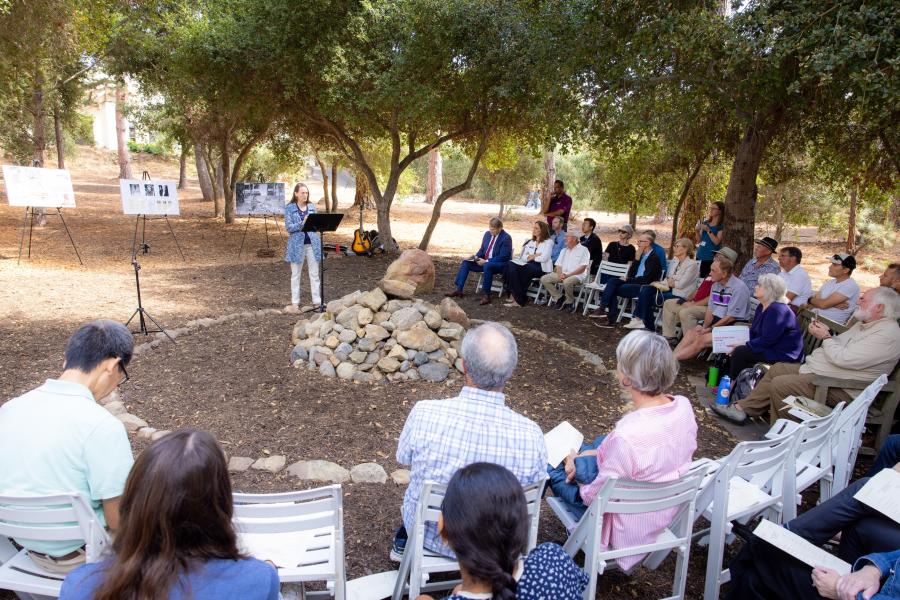
accident. She has no memory of the crash and little recollection of the first month of her recovery, a time of confusion and pain. Her mother, who stayed by her side and later quit her job to care for her at home, says Megan’s first question, scribbled on a notepad was: What happened? She later learned that Bryan Frame and Scott White had pulled her from the car and kept her alive — and how close she came to death.
Her book, “Hope in the Darkest Hour: A Memoir of Survival and Resilience” describes the events leading up to the accident and the heroic actions of those who helped and cared for the five passengers. Feeling called to write the memoir, Megan did extensive research and interviewed many, including eyewitnesses. She also relied on the journal she kept during her recovery.
“It was challenging to dig up the difficult things in my life, but I felt the nearness of the Lord and knew he would meet me there,” she says, citing Psalm 34:18, “The Lord is close to the brokenhearted and saves those who are crushed in spirit.” “I pray the book will help people heal, especially my classmates who knew Alan, Garth and Lisa.” She dedicated the volume to Bryan Frame and Scott White and the Bebouts, Voormans and Weedmans, whose children passed into eternity too soon. She wrote it in memory of Lisa.
Megan vividly narrates what she discovered about the aftermath of the crash. With difficulty, teammates and other witnesses freed the five students from the crumpled car and laid them on the median, awaiting an ambulance. Megan’s broken jaw and internal bleeding made it difficult to breathe, and Scott kept clearing her airway. She ended up in an ambulance without an attendant, but Scott and Bryan jumped in. She would have died without their care during the drive to the hospital.
Alan, a 22-year-old senior and economics and business major, died in the Mexican hospital. Hampered by the lack of phones and the language barrier, students struggled to contact Westmont and share the tragic news. President David Winter and college staff began arranging transport for the other four students to Sharp Memorial Hospital in San Diego.
When they arrived, Garth, a 19-year-old first-year student, and Lisa, a 22-year-old senior physical education major, were both declared brain dead and taken off life support with permission from their families. Megan spent three weeks at the UC San Diego Medical Center and its newly established trauma center. She underwent numerous surgeries to remove her ruptured spleen, reconstruct and wire her jaw shut, repair her right foot, work on her cracked left hip and dislocated left leg, place plates and screws in her right arm, and treat her spinal fractures. She suffered a moderate traumatic brain injury.
Sometime between the accident and her return to full consciousness, Megan encountered the physical presence of God and his overwhelming love and care for her. She writes, “This experience alone gave me the impetus to live life to the fullest, move forward through the pain of physical recovery, and trust that my friends, Lisa, Alan and Garth are experiencing a life much better than death” (page 41).
She recalls pure light — and the complete absence of darkness — with each drop full of rainbows, rushing past her. She felt perfect love and peace surround her. “I knew I was in God’s presence, and he was filling me with Him until I was overflowing. I have never felt better as the deepest of joys gushed through me” (page 41).
Megan sensed God speak to her heart about his love and his plan for her:
1. Tell many people about this time with him.
2. Become an elementary education major.
3. Return to Mexico one day. “I experienced true mercy: deep, all-enveloping, and understanding compassion,” she writes (page 43).
After weeks in hospitals in San Diego and Monterey, Megan returned home. As
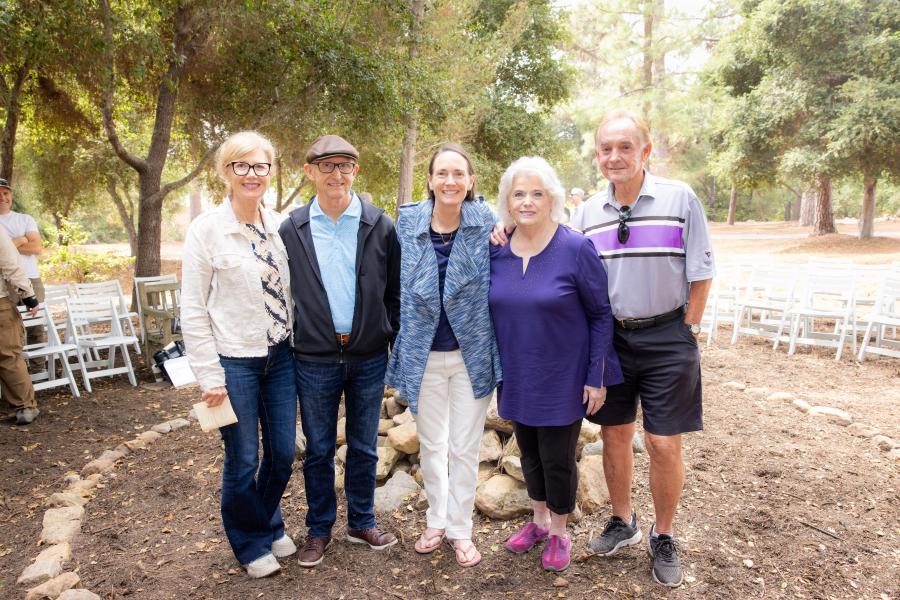
she recovered, she confronted the damage to her body and came to terms with her facial scars. “God is my potter, and I am his clay. He took the brokenness of what happened to me, filled me with his love, and then put me back together, and the scars reminded me of how He can make something beautiful out of something broken (page 54).
“Life was forever altered, everything changed within a few minutes, and things would never be the same.” But she found hope. “I was alive; He still had a purpose for me in this life, and I had a future” (page 54).
Megan danced with a walker on August 5, her 20th birthday, and returned to Westmont for the fall 1989 semester. Changing her major to elementary education, she ambitiously took a full load of classes. Everyone knew her name after she spoke in chapel about her experiences. But she realized no one could understand how she felt. She buried her sadness and true feelings — she had survived! But she didn’t fit in with her peers and had to pretend everything was OK. “I had realized my mortality” she writes (page 71). She finally concluded, “I do not know why my friends have died and I am still here,” and said that God lifted the responsibility of knowing all the answers (page 69).
“God wants us to be honest, not perfect, and to express our struggles to him,” she writes (page 75). She learned to cry when she needed to cry.
After spending the summer as an intern at Carmel Presbyterian Church, Megan took a leave of absence from Westmont to serve as the church’s youth director. She journeyed across the country in the summer of 1991 and continued working in college ministry for three years in Chico. She returned to Westmont in fall 1996, traveling and studying with Europe Semester.
In spring 1997, she journeyed to Ensenada with Potter’s Clay and visited the site of the crash. “A deeper level of healing was taking place,” she writes. “He had not ignored the accident, the pain, and the suffering. He had not turned away. But instead, he was fully present and experienced that pain with me, with us” (page 169).
Megan spoke to 1,500 people in Ensenada the last night of Potter’s Clay and also shared her story at Baccalaureate. She graduated in 1997. Her memoir recounts more than just the accident as she shares God’s work in her life during the decade following the tragedy.
Today she lives in San Francisco with her husband, Thermond, the chief building engineer of a high-rise complex in the city, and their 15-year-old daughter. A longtime elementary school teacher, she works at San Francisco Christian School in the Mission District, which enrolls students from five continents.
“I always come back to teaching,” she says. “I love being with the kids, and I love their honesty — it coincides with my life as there’s no way around what happened to me.”
Ripples of Impact
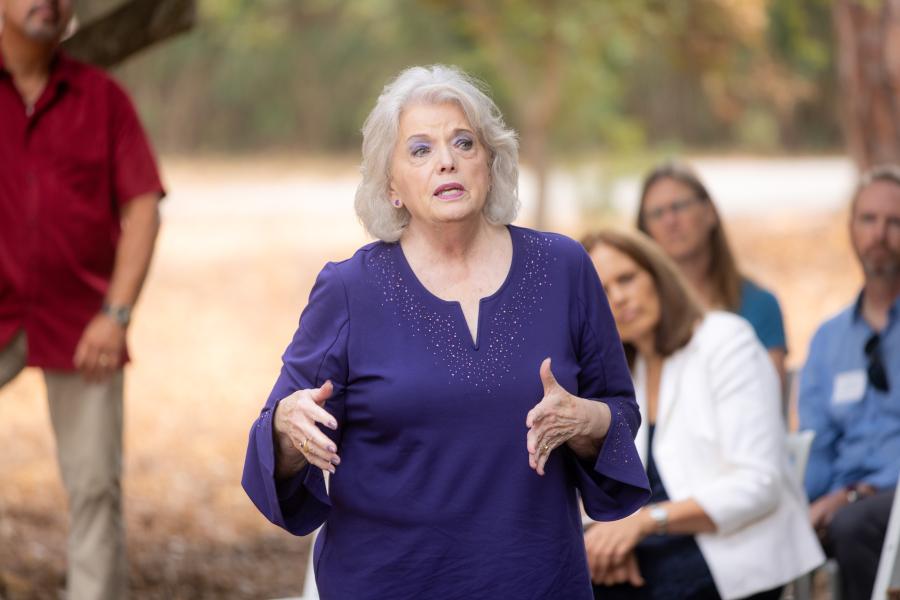
As a first-year student at Westmont, David Gehring ’93 heard Diana Weedman, Garth’s mother, speak in chapel. “She encouraged everyone to go to Mexico for Potter’s Clay and not be afraid,” he says. That year, more than 600 participated in the spring break outreach, and students also started making some weekend trips to Ensenada. “I was in awe of those students,” David says. “I loved seeing something that was 100 percent student-led. It helped me later as a youth pastor to give kids the responsibility to plan a retreat. I knew they could do it because I’d seen the Potter’s Clay leadership team do amazing things at Westmont.”
David learned the ripple effects of the accident and Potter’s Clay when he participated in the program. Being half Mexican, he reached out to Ensenada pastors. “They told me that when the students died and the next year a larger group came, they knew they could trust us and that we were now family,” he says. “The accident allowed students to forge relationships among pastors who hadn’t spoken to each other in decades. More than 1,000 people attended a worship service in Ensenada, with churches coming together. Nothing like that had ever happened. It’s an example of sacrifice leading to reconciliation and unity. I remember thinking this is what it feels like to be involved in something really important, and it helped me see Westmont as a special place.”
During Potter’s Clay, David served at an orphanage, holding Vacation Bible School and working on a new dormitory. Tony and Edna, the couple in charge, cared for 45-55 children. “They never knew more than three months in advance what their finances would be,” he says. “They’d be short of money, and someone would give them a check for the exact amount they needed. They were the most relaxed people I had ever met, and I aspired to have the same sense of calm in the midst of extreme responsibilities.”
David is the founder and CEO of Distributed Media Lab, which develops new technology creating revenue streams for online journalism to establish a more sustainable business model. Brands such as the Guardian and Noozhawk in Santa Barbara use their platform to share content.
Celebrating a Wholehearted Life
When Diana Weedman arrived for an October 2024 event at the Potter’s Clay Memorial to mark 35 years since her son Garth and two others died, she just wanted to sit down with Megan Harter Adams and sob. “But we hugged and tried to control our emotions,” she says. Like Megan, she had offered to talk at the outdoor event and had to speak loudly. “The next day, my voice was shot,” she says. “But everyone heard me.”
She shared photos of Garth and told stories about him. “He wholeheartedly loved God and participated in a mission trip to Haiti in junior high school that inspired him to serve with Teen Missions,” she said. “He did back-breaking work building a parsonage for a Mexican pastor and came home with a new perspective.
“Garth was spontaneous and did everything with his whole heart. He would try anything and was the last person to give up. Able to sing a song in burps, he was a daredevil skier who led his brother, Brock, to places parents should never know about. His teachers thought of him as quiet, serious and a good student while his friends knew him as fun and hard-playing, always available to listen to problems and join in crazy pranks.”
At Westmont, Garth served at Hillside House, a home for people with cerebral palsy, and worked with street people. He played intramural soccer and basketball. Andy, a good friend from home who struggled with his faith, flew to Santa Barbara to talk to Garth. He read Philippians 1:21-22 to Andy: “For to me, to live is Christ and to die is gain. If I am to go on living in the body, this will mean fruitful labor for me. Yet what shall I choose? I do not know!”
“Those verses changed Andy’s life,” Diana said. “He served as a missionary in Pakistan for many years, married a Pakistani woman, and they both teach at a seminary in Southeast Asia. Their three children know about Garth, and one shared his story and quoted the passage in Philippians in a devotional message focused on meaning and purpose in life.”
When his parents received Garth’s belongings, they found a new Bible in which he’d underlined only one verse: Philippians 1:21-22.
Before they boarded their plane in Seattle, Diana and her husband, Zig, learned that Garth was brain dead. After they arrived in San Diego and spent time with him, they agreed to donate his organs. Four different people benefitted from his corneas and kidneys. “His heart went to a member of professional car racing team,” Diana said. “I called a year later, and it was still beating.
“His life and death touched many people.” Organizations honored his memory by raising money for short-term missions. Brock, Garth’s younger brother, played soccer soon after the accident, and many showed up in support and cheered as he scored a hat trick. He also went to Westmont and competed with the Warrior soccer team. Brock traveled to Ensenada 10 times for Potter’s Clay. His parents couldn’t say no. “It was scary, but God was in control,” Diana says. “He had his own path, and we couldn’t keep him from it.”
A psychologist like Zig, Brock met his wife, Darlene Rainville Weedman ’93, at Westmont. He works with patients with post-traumatic stress disorder, helping others recover as he did after a car accident on a rainy road.
Diana marks the passage of each year at the bottom of her Christmas letter. Last December, she wrote, “We’re 35 years closer to seeing Garth again.”
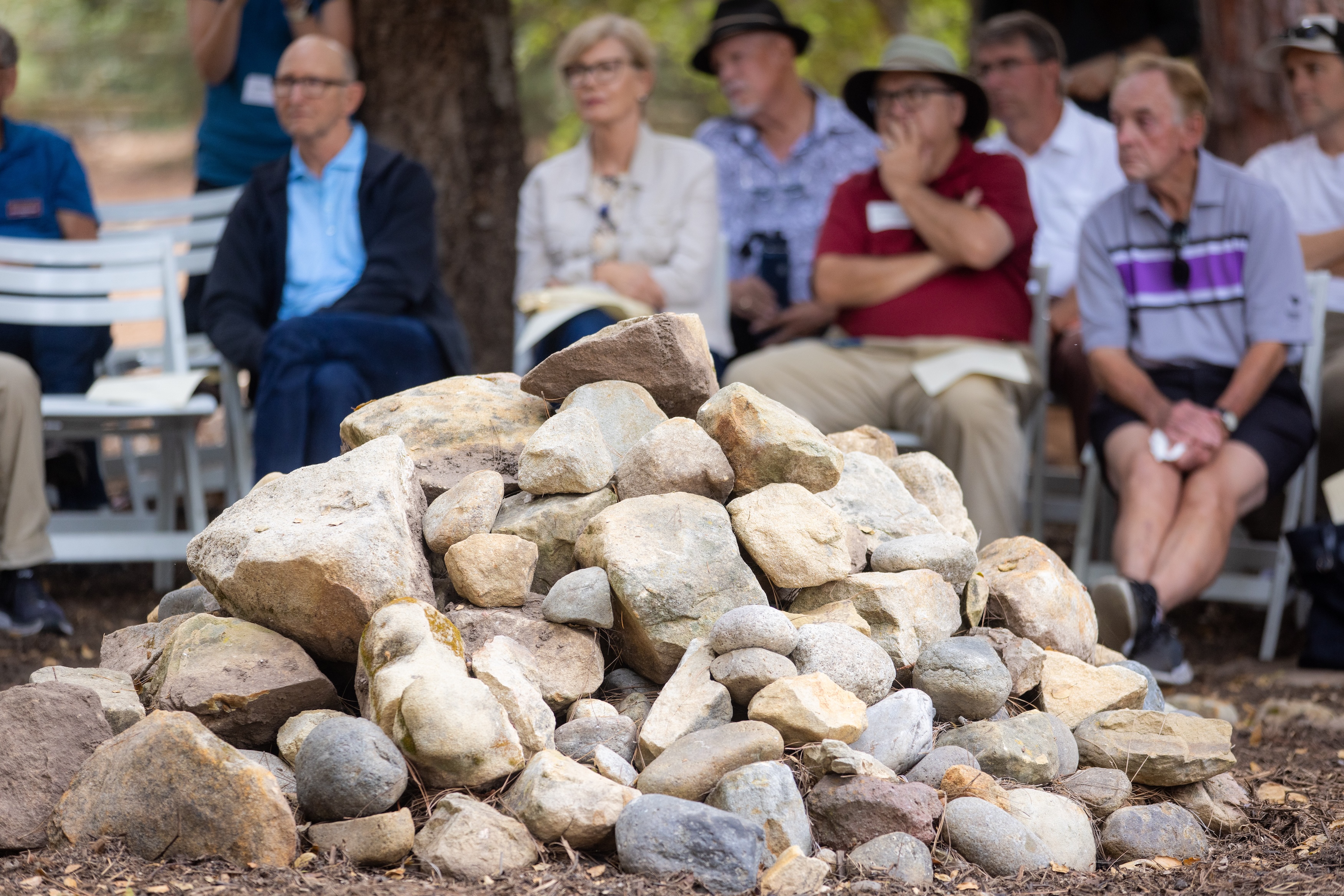
This is a story from the Spring 2025 Westmont Magazine